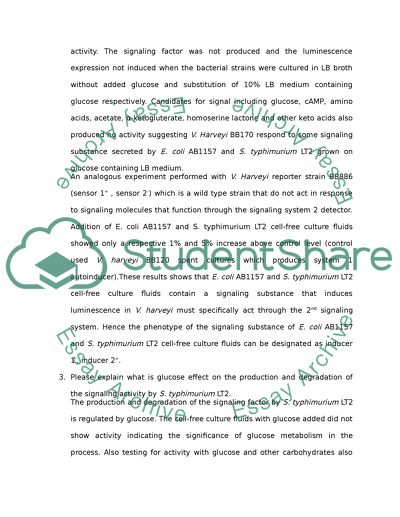Quorum sensing in Escherichia coli and Salmonella typhimurium Essay. Retrieved from https://studentshare.org/miscellaneous/1566112-quorum-sensing-in-escherichia-coli-and-salmonella-typhimurium
Quorum Sensing in Escherichia Coli and Salmonella Typhimurium Essay. https://studentshare.org/miscellaneous/1566112-quorum-sensing-in-escherichia-coli-and-salmonella-typhimurium.


